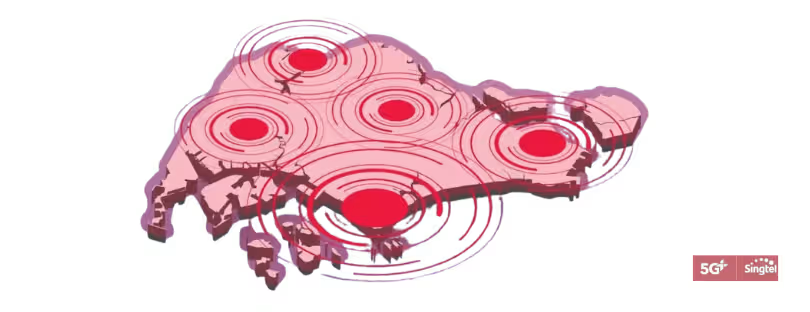
Sateliot launches IoT satellite via SpaceX Falcon 9
Sateliot, the first company to operate a low-Earth orbit (LEO) nanosatellite constellation with 5G-IoT standard, has launched Sateliot_0 “The GroundBreaker”, the first-ever 5G standard LEO satellite, to democratize access to the Internet of Things. The launch happened last night at 11:47 pm Pacific Time aboard a SpaceX Falcon 9 from Vandenberg U.S. Space Force Base in California, after three failed attempts due to weather conditions. Sateliot IoT satellite
The GroundBreaker is the first of a 250 LEO satellite constellation, which will work as cell towers from space. Users can seamlessly switch from a terrestrial to a non-terrestrial 5G network, with no need to purchase any extra hardware, such as antennas or modems. Also, they can keep using their current sim cards and mobile operators, thanks to the standard roaming agreements carried out by Sateliot. This eases the way to a massive Internet of Things adoption worldwide.
With a 22 lbs weight, The GroundBreaker can cover an area three times as big as Texas and it takes approximately 90 minutes to complete a full Earth orbit. The satellite has an onboard module that allows direct NB-IoT connection for any 5G device upgraded Rel 17 NTN. This means that a single satellite can provide global coverage and retrieve key information from the surface for commercial usage, impacting on the efficiency of hundreds of industries.
Sateliot’s Innovative Technology Extends NB-IoT Coverage Seamlessly to Terrestrial and Satellite Networks
The key differentiation of Sateliot is that its technology will provide a seamless extension of NB-IoT telecom operator’s coverage. In other words, the final user – with unmodified standard 5G devices – will be able to connect to terrestrial or satellite networks. Also, Sateliot’s asset-light strategy allows connectivity prices to be at a fraction of the current proposition. The ultimate goal is to deliver connectivity everywhere and to any use case, leaving behind the idea that satellite is expensive and only for selected applications. Some use cases are logistics, agriculture, livestock, maritime, railway, aeronautics, automation, and many others, increasing productivity, savings, and ultimately growing GDPs.
The company has closed agreements with global telecommunications operators and companies and already has a sales pipeline of over €1.2 billion. The goal is to reach €1 billion in revenues and a €370 million EBITDA by 2026.
What will the launch and deployment be like? Sateliot IoT satellite
The satellite has been attached to a box-like deployer – an orbital placement system – aboard the rocket. This deployer has mechanisms that boost the satellite once entering orbit.
The engineers carefully attached The GroundBreaker to the deployer in a white room, free of external contaminants, and connected it to a sequencer, which is responsible for giving the final order to eject the satellite.
Once the rocket reaches the programmed position, the sequencer will give the satellite expulsion order, and the deployer will expel and activate it. The satellite will fly away, and the electric supply will reach the satellite’s main subsystems.
“SATELIOT_0 separation confirmed”
It will begin its reading phase, executing a list of system verifications and checks in preparation for its operative phase. Tests will be run by Sateliot, and once successfully completed, the device will be fully operative.
Mission insignia and name
Barcelona-based Sateliot chose a multicolor, fire-spitting, Gaudi-style dragon as the mission insignia. The dragon symbolizes strength, confidence, and knowledge. It is an homage to the Catalan master artist Gaudi and a nod to Barcelona, a clear reference to Sateliot: born in Barcelona, with global presence and aspirations, as seen as its San Diego office takes off.
“The Groundbreaker” has been chosen as the name for its disruptive character. No other orbiting LEO satellite delivers 5G standard technology yet, so Sateliot is setting a milestone in satellite telecommunications.









